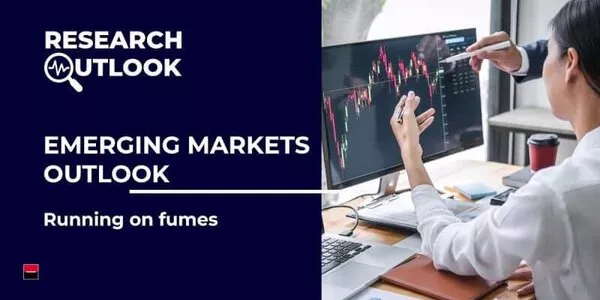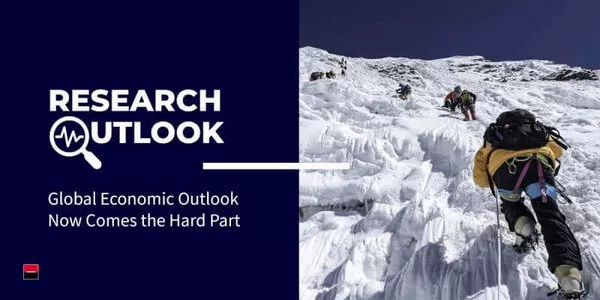
Are equity ETFs a crowded trade?
With assets under management now exceeding $5tn, ETFs have undoubtedly become a popular way to get access to a wide variety of exposures. Their fast expansion and diversification towards less liquid strategies have however raised the question of crowding: have ETF positions become large to the point that exiting them might be difficult or costly in the event investors seek to unwind their trades simultaneously?
 In an in-depth special report, SG ETF Research analysts take a close look at crowding in the equity ETF space. They have built a database that details the holdings of all equity ETFs. For each of the 16,000 stocks identified, they calculate aggregated ETF holdings and compare them to the stock’s free-float market cap and turnover and also measure the stock liquidity implicitly traded in the ETF.
In an in-depth special report, SG ETF Research analysts take a close look at crowding in the equity ETF space. They have built a database that details the holdings of all equity ETFs. For each of the 16,000 stocks identified, they calculate aggregated ETF holdings and compare them to the stock’s free-float market cap and turnover and also measure the stock liquidity implicitly traded in the ETF.
Based on their calculations, they conclude crowdedness is low on average (90% of worldwide stocks are <10% owned by ETFs as a whole) but some strategies stand out. Beyond ETF size, crowdedness can be explained by the existence of multiple indices focusing on the same strategy and sharing many stocks in common (ex: US small caps) and/or popular, non-market cap weighted indices that may give a tilt to stocks with relatively lower free-float market cap or trading volume (ex: Nikkei 225, mainly as a result of the Bank of Japan’s ETF purchases).
See below links for details on how to access Societe Generale ETF Research – Are equity ETFs a crowded trade? on SG Markets Research and Insights.

SG Cross-Asset Research is composed of more than 200 Analysts, Strategists, Economists and Quant, combining their expertise into ‘Research-based’ and innovative solutions suited to client’ needs: fundamental studies and expert views, investment ideas and long-term strategies, trade ideas and tactical baskets, thematic and systematic indices, quant solutions. On top of its established UK and Western European base, SG Cross-Asset Research benefits from a global coverage thanks to its presence in the US and in Asia (Hong Kong, Singapore, Tokyo and Bangalore) and Societe Generale local networks in Eastern Europe.
Disclaimer
This editorial contains financial analysis which reflects the opinion of the Cross-Asset Research department of Societe Generale at the date of its publication. It does not necessarily reflect the views of the other departments of Societe Generale nor the official opinion of Societe Generale. This interview is dedicated to institutional and professional investors and is not deemed to be seen and used by retail investors for investment purpose. The viewers shall consult their own financial advisers to make their own appraisal.




